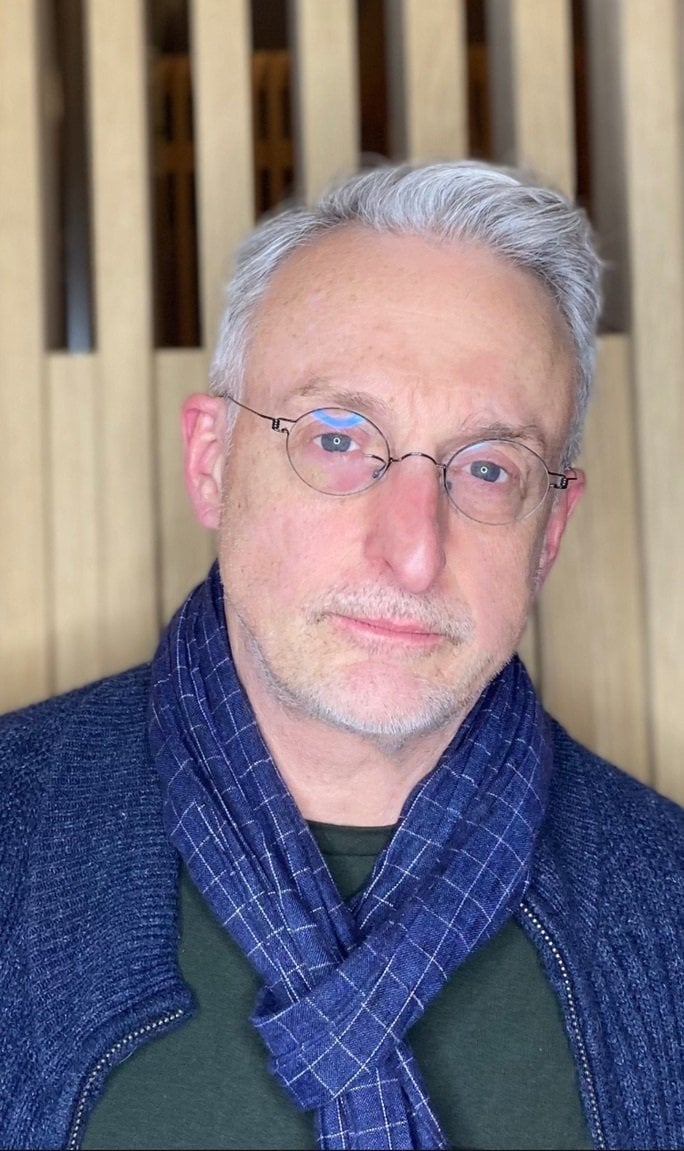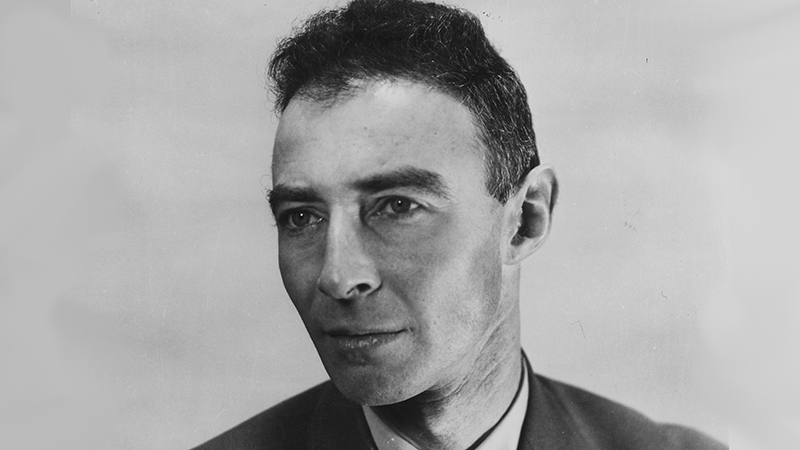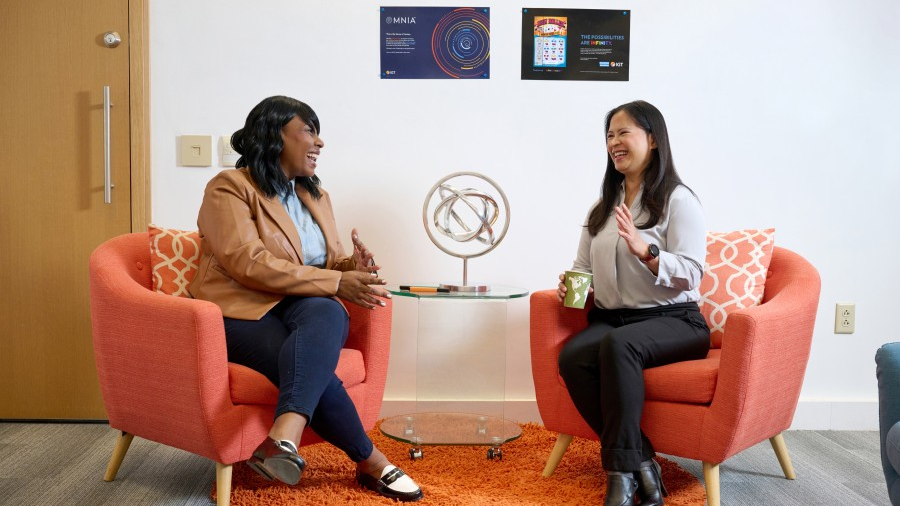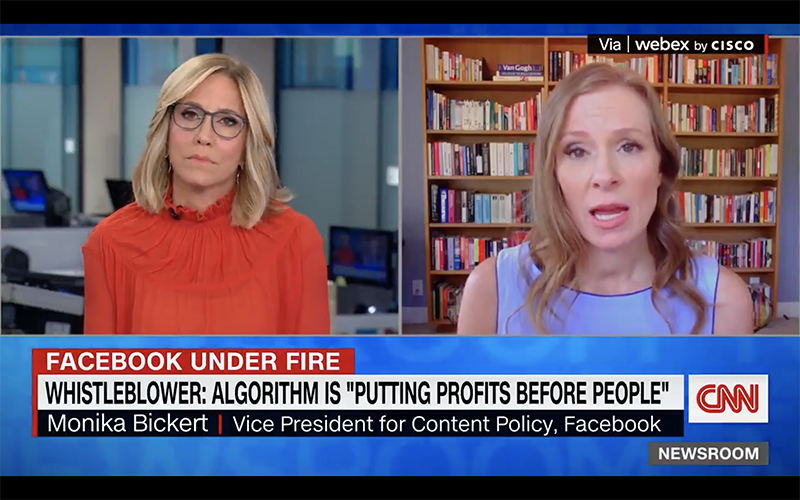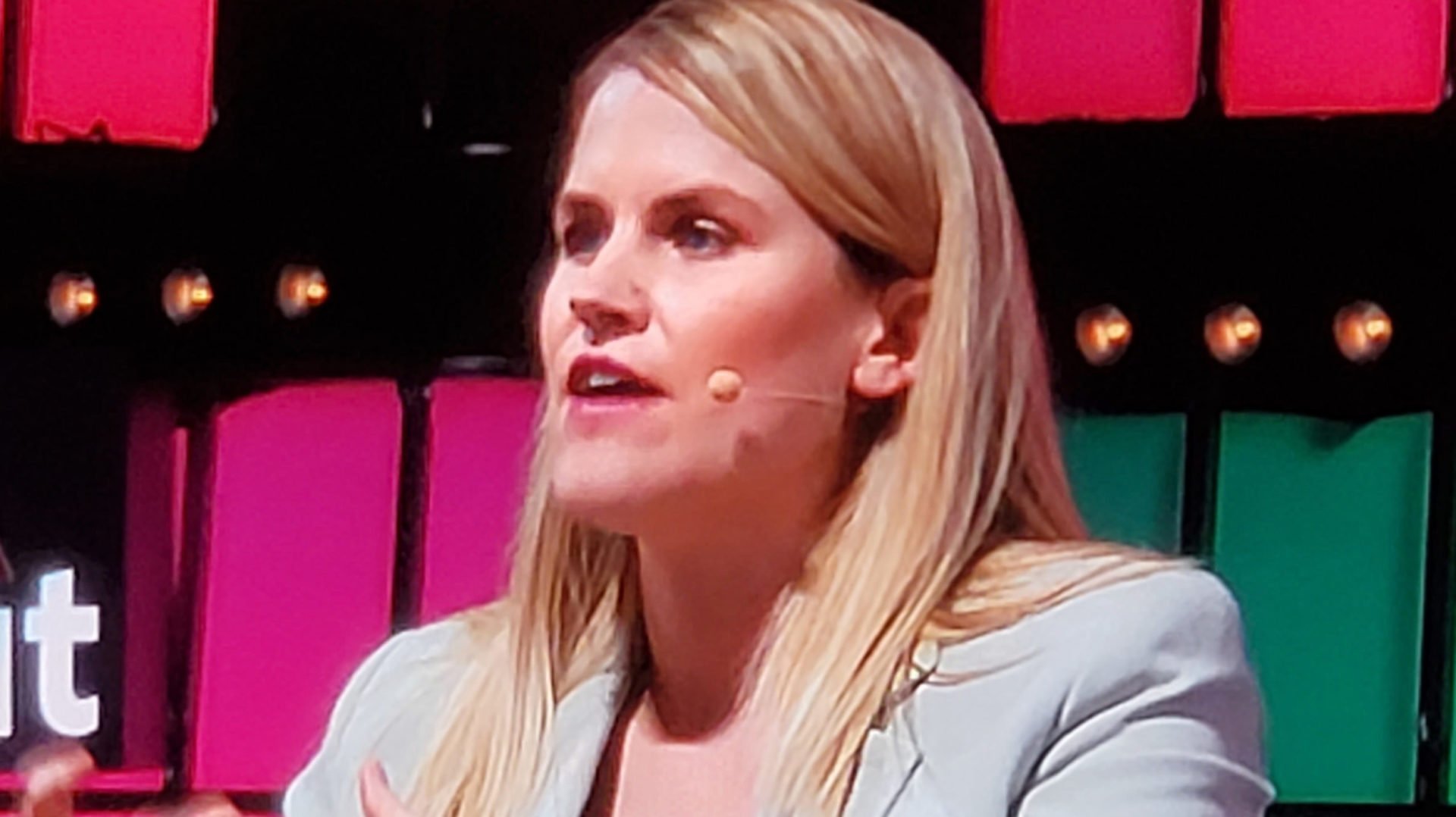Absolutely everyone in the world older than 15 should be connected to the internet at an affordable price. Every home, business and school should have access. And the entire population of the world ought to be covered by a modern mobile network.
These are not crazy goals. Those of us privileged enough to already live under such conditions can barely imagine not living a connected life. Yet more than one-third of the world’s population remains offline. It’s a scandal. That’s why it’s important, and even historic, that the UN has finally come up with clear metrics to tell us how well we’re doing in connecting the planet. This is a critical element in achieving the 17 ambitious goals for the planet that all nations of the world agreed to–if you can believe it–back in the heady and visionary days of 2015, called the UN Sustainable Development Goals, or SDGs.


But there was always one SDG missing—to connect everyone. While Goal 9–about improving global infrastructure–did address extending the internet, it was a subsidiary goal mentioned pretty far down in the verbiage: “Significantly increase access to information and communications technology and strive to provide universal and affordable access to the Internet in least developed countries by 2020.” Well obviously even that understated goal was not met, as those 2.9 billion still-unconnected people could attest (if you could reach them to ask).
Many of us felt in 2015, and still feel, that it would be impossible to achieve almost any of the SDGs—which commit to reducing global poverty, ending hunger, and addressing the climate crisis, among other critical tasks–without connecting people so they could be informed and work together on all these challenges.
So it’s something to celebrate that the UN Secretary-General’s Acting Envoy on Technology, Maria-Francesca Spatolisano, together with the International Telecommunications Union, announced in April a set of concrete targets for digital connectivity for 2030. In effect this is a much-needed extension of the SDGs. The move is inspired by and connected to Secretary-General Antonio Gutteres’ own Roadmap for Digital Cooperation, which was itself a historic document released in 2020. (The UN under Gutteres, himself an engineer, has put far greater focus on digital issues than ever before.) These 15 new aspirational connectivity goals are meant to help set benchmarks so that from now on we can determine, for every country and geography, just how connected its people are. Up until now there has been no agreed-upon standard for what “connected” even meant.

In June, at the World Telecommunications Development Conference (WTDC) in Kigali, Rwanda, the ITU will release its first assessment of how well the world is doing to achieve these targets. In November Spatolisano and the ITU will launch a dashboard to track the progress of every country in achieving the goals.

The targets are unequivocal about what constitutes connectivity. Everyone over 15 must have a mobile phone. Everyone should be able to connect to a modern mobile broadband network and/or have a broadband wired connection. All homes, businesses and schools must be connected. All fixed broadband connections should be 10 megabits per second (Mb/s) or faster. Every school needs access to a minimum speed of 20 Mb/s, with at least 50 kilobit per second available to each student. Every school gets storage of at least 200 Gigabytes. At least 70% of adults must have basic digital skills, and at least 50% intermediate skills.
Cost is addressed as well. An entry-level broadband subscription must be priced at less than 2% of average gross national income per capita, and also be less than 2% of the average income of the bottom 40% of the country’s population. Many countries are so far from such targets that the initial assessments are not going to be pretty, in some cases. But the point, of course, is to start methodically moving the needle in the right direction.
“Meaningful connectivity is key to achieve digital transformation,” says Doreen Bodgan-Martin, director of the ITU’s Telecommunication Development Bureau, which worked on the targets. “Among today’s estimated 4.9 billion internet users, many have to limit their usage because connectivity is unreliable, too slow, or too expensive.” So the targets will, of course, also improve the internet experience for people who already have some access.
The WTDC in Kigali, June 6-16, will be a global gathering of representatives from all the world’s nations, to help further drive forward this urgent need for progress on connectivity and related challenges. Delayed during the Covid-19 pandemic, it has returned with an even broader group of participants and this newly-ambitious mandate to bring everyone fully online by 2030. Anyone who cares about connectivity has cause to be there and participate in the many discussions. Major tech, telecoms and other companies, NGOs, and other groups that care about connecting the world are invited to take part.

I myself will be there, and I’m quite excited about it. I’ve been working closely with the ITU for the last two years on a series of sessions as part of a related initiative called the Partner2Connect Digital Coalition (P2C). I’ve moderated multiple online and in-person meetings that have gathered participants from all over the world to examine various aspects of the connectivity challenge. In Kigali I will help moderate a three-day P2C meeting beginning June 6 that kicks off the 10-day WTDC gathering.
This issue should be a priority for every thinking person. The world faces a raft of grave challenges, notably climate change and the related challenge of climate-driven migration. Getting people connected is a critical pathway to work on those issues, as well as move toward achieving all the SDGs. We must do it. All of our futures depend on it.


